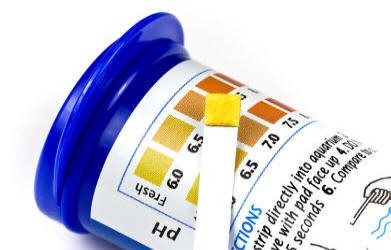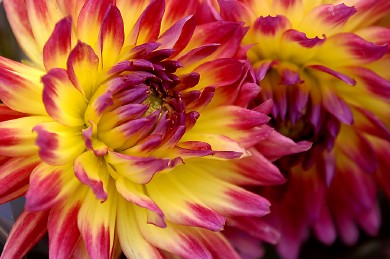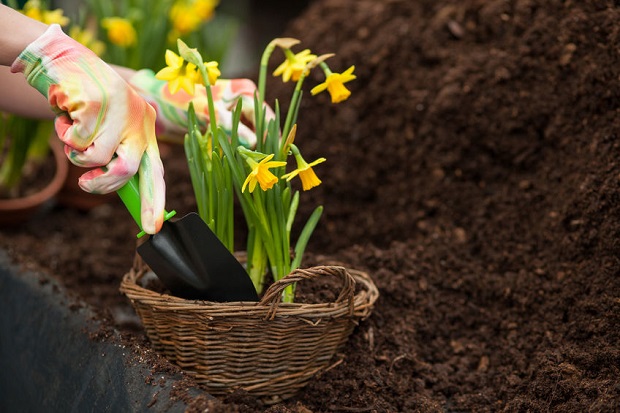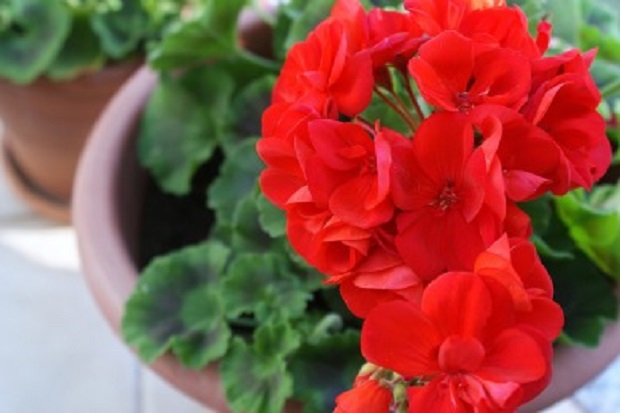If you are looking for the correct pH soil conditions for geraniums, check here first. Discover the best pH for optimal results with charts on raising and lowering soil pH.

Given the proper conditions, Geraniums are very easy to grow. If you have had bad luck growing this popular annual, the problem could be the pH conditions of your soil.
What Are the pH Soil Conditions for Geraniums?
Geraniums thrive in soil with a pH balance of 6.5. Anything lower than a pH of 5.5 will likely result in poor growth.
You don’t need to worry about the pH level of your soil if you are planting your Geraniums in potting medium commercially designed for containers or window boxes. If you are planting your flowers directly in the garden, you will want to measure the soil’s pH.
You can purchase pH-measuring kits or send a soil sample to your local county extension. Understanding the soil conditions present in your gardens will go a long way when choosing plant material that will flourish.
What is the pH Scale?
The acidity level of your soil is very important in terms of which plants will thrive and grow. The pH scale is designed to measure the acidity or alkalinity of the soil based on the negative logarithm of the hydrogen ion concentration. This means that the pH decreases as the amount of hydrogen in the soil increases.
The pH scale ranges from 0-14, with 7 being neutral. Anything below 7 becomes more acidic the lower the number goes, while anything over 7 becomes more alkaline the higher the number goes.
How to Raise the pH Conditions of Soil
To raise the pH of too-acidic soil, you need to add lime. The amount of lime depends on how high the pH needs to be raised and the soil type. For example, to raise the pH level from 5.5 to 6.5 in 100 square feet of sandy loam soil, you will need to work in 6 pounds of lime to the top six inches of soil. You will need 10 lbs. for loam and 15 lbs. for clay loam.
How to Lower the pH Conditions of Soil
The most effective way to lower soil’s pH level that is too alkaline is to add Sphagnum peat. Add a few inches to the top layer of the soil and work it in loosely. Though this is the fastest method, it is also expensive, so only cost-effective in small areas.
The cheapest way to add acidity to the soil is to add granular sulfur. The amount to add will depend on how high your alkaline level is, the area needed to be covered, and the type of soil. As an example, sandy soil requires much less, and clay soil requires more. Never use more than two pounds of sulfur per 100 square feet of soil.
Resources
Iowa State University – Horticulture and Home Pest News – How To Change Your Soil’s PH
UMass Amherst – Center for Agriculture, Food and the Environment – Growing Geraniums





